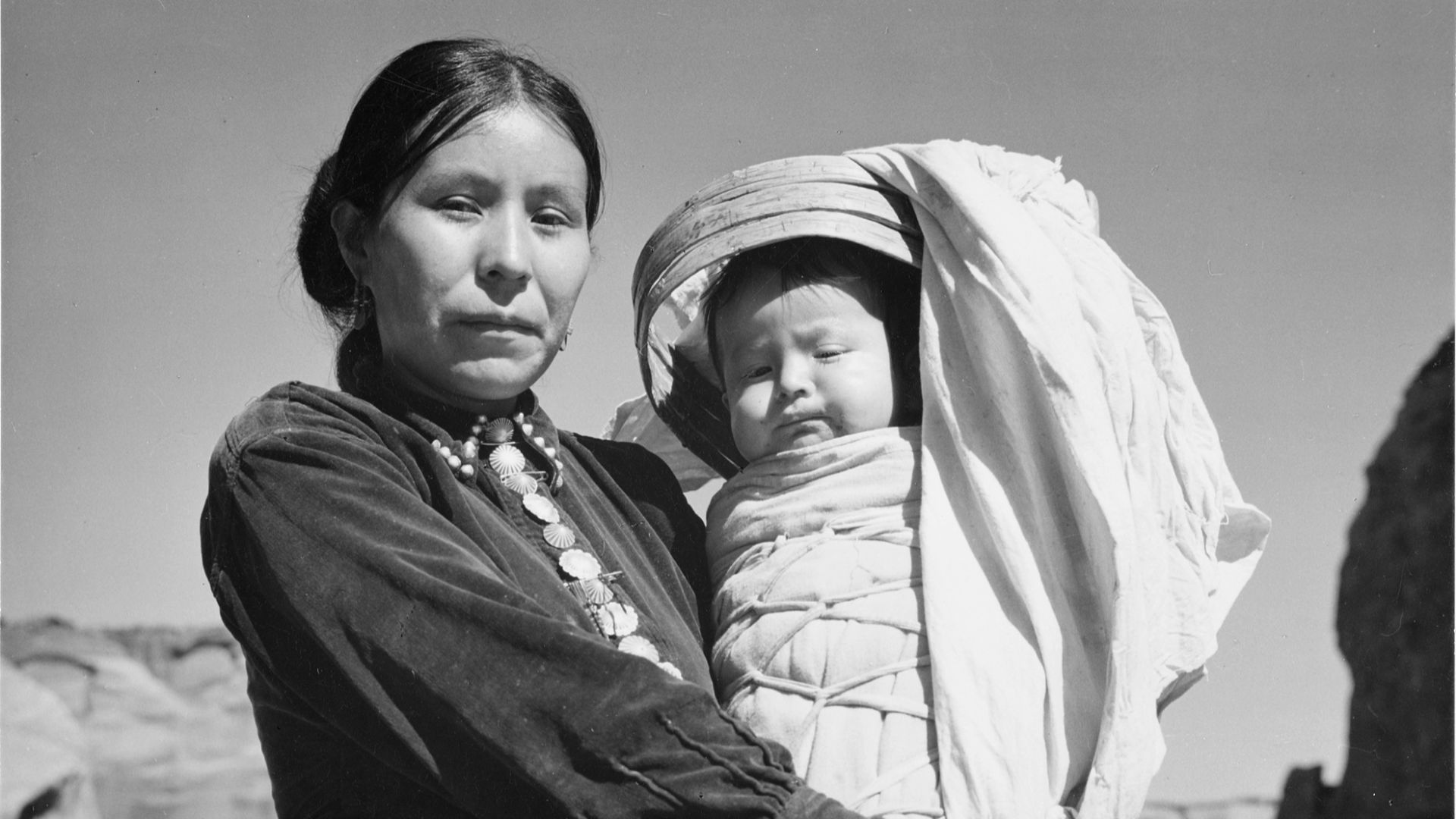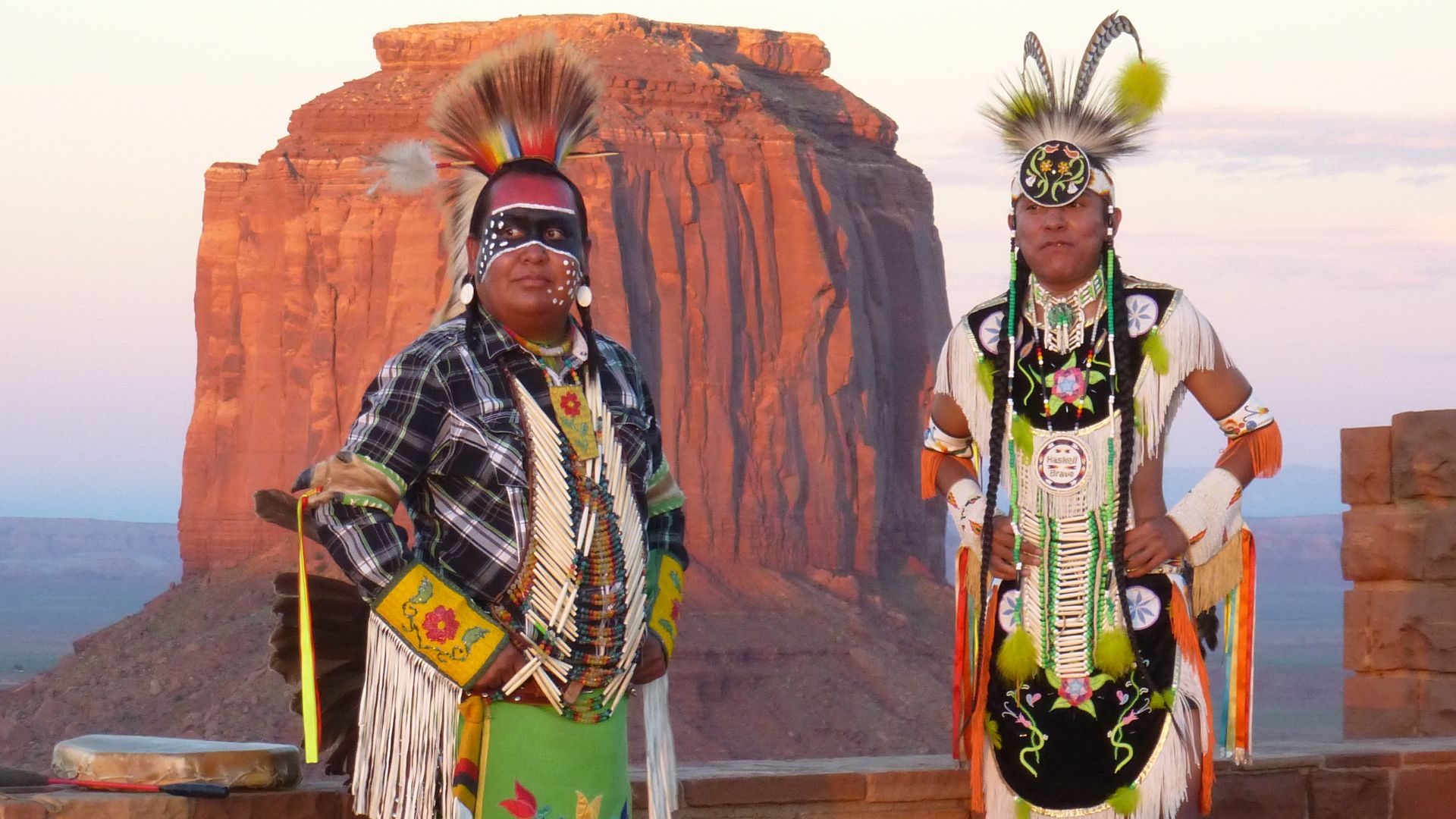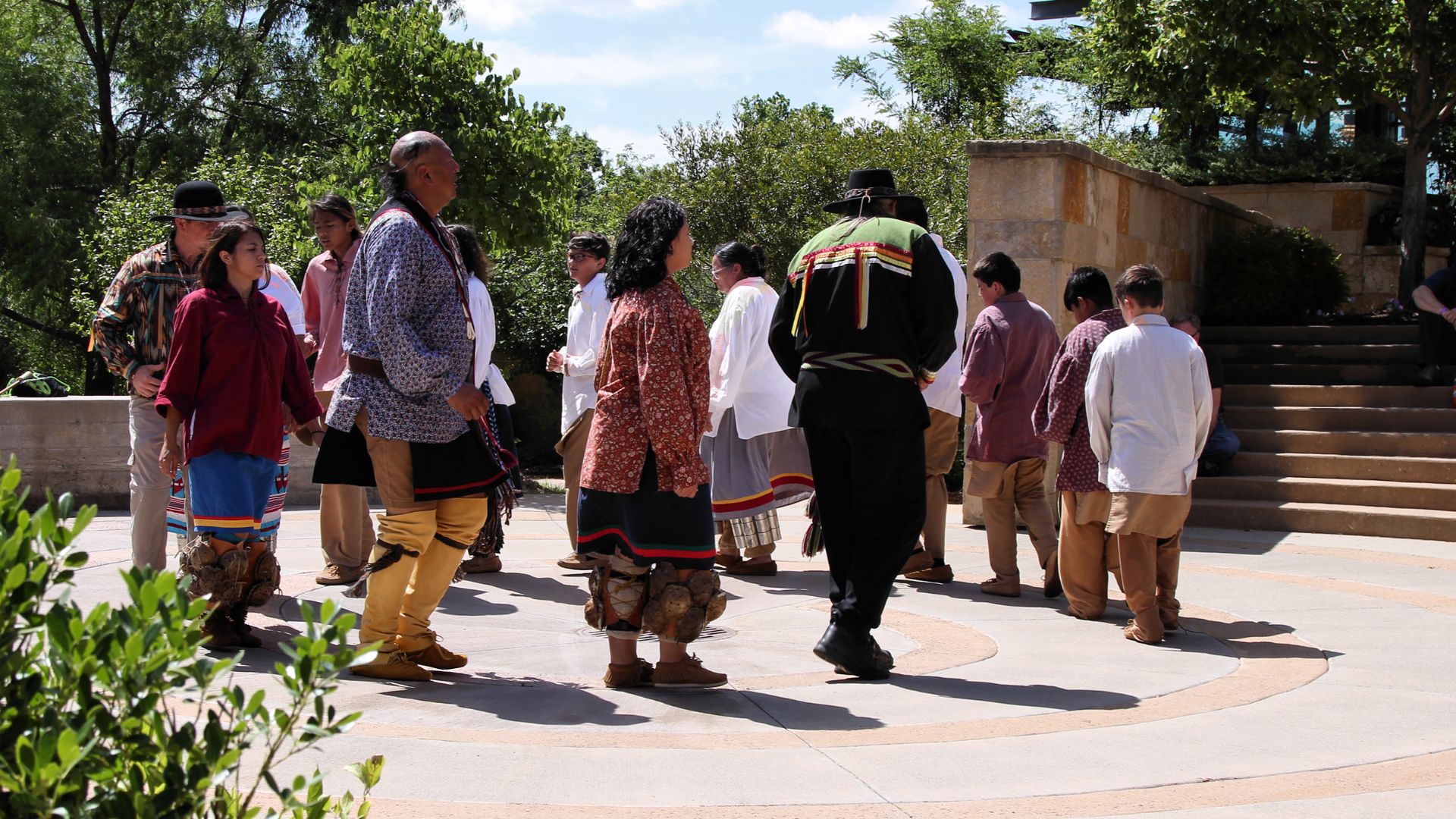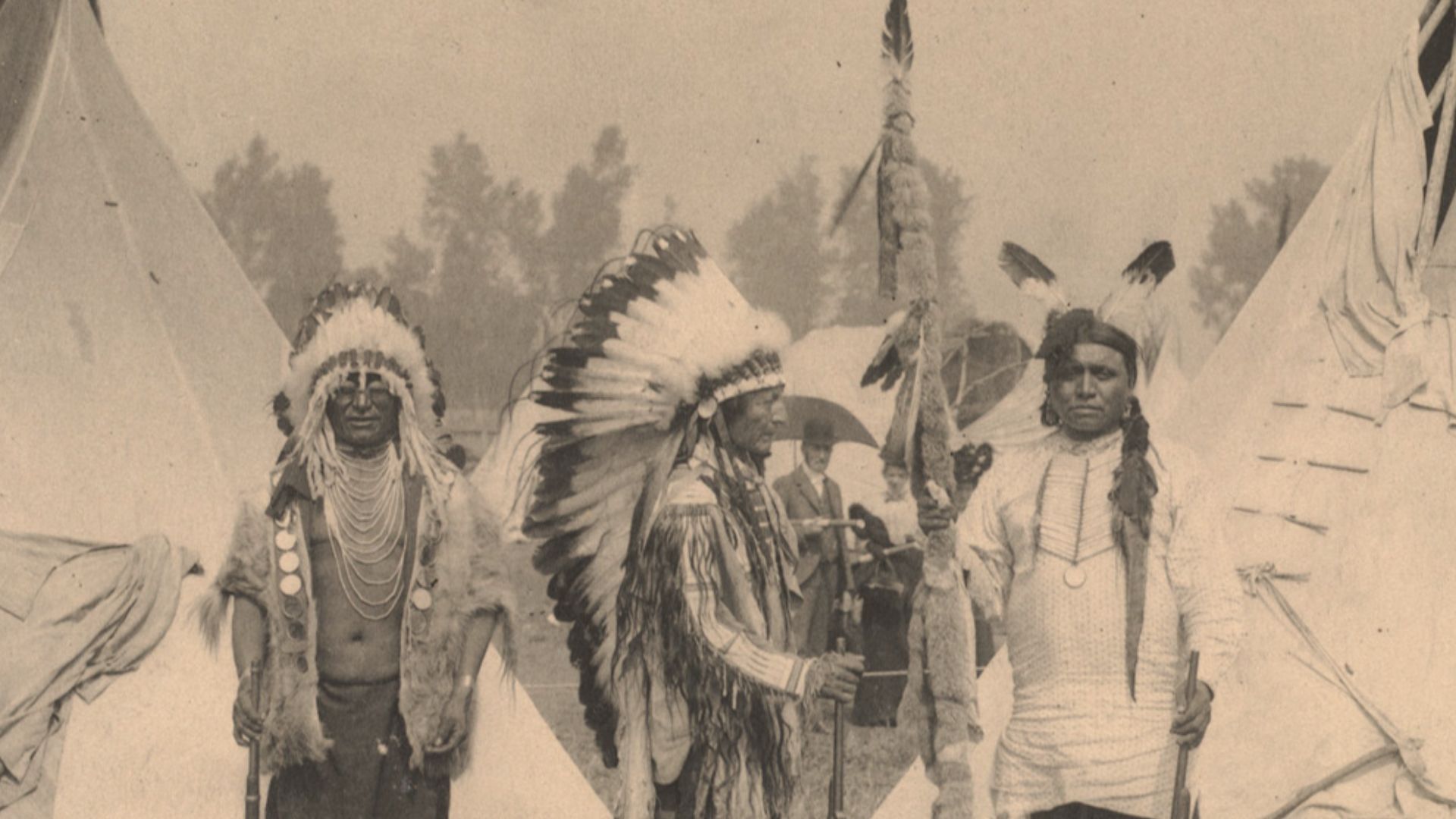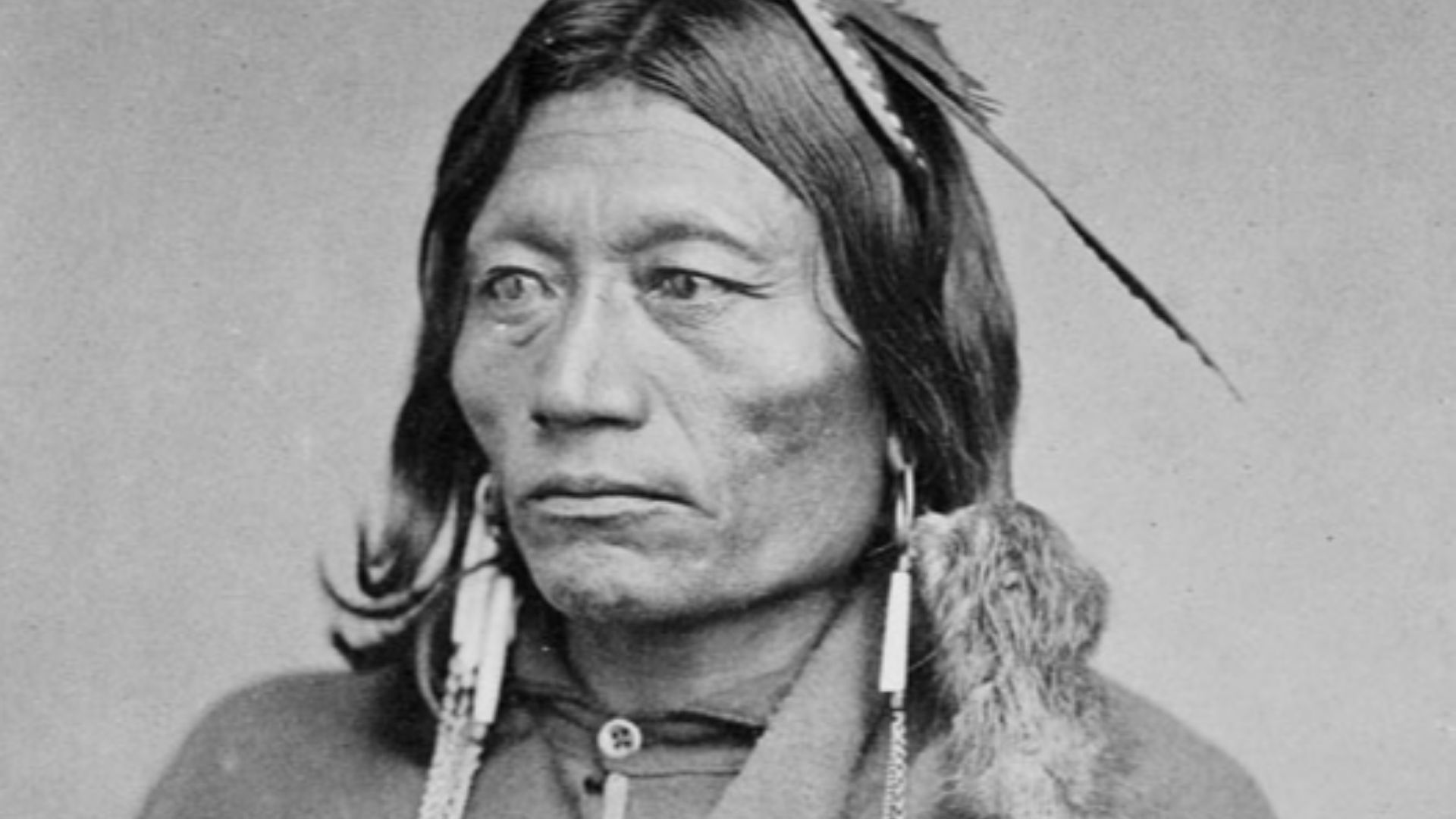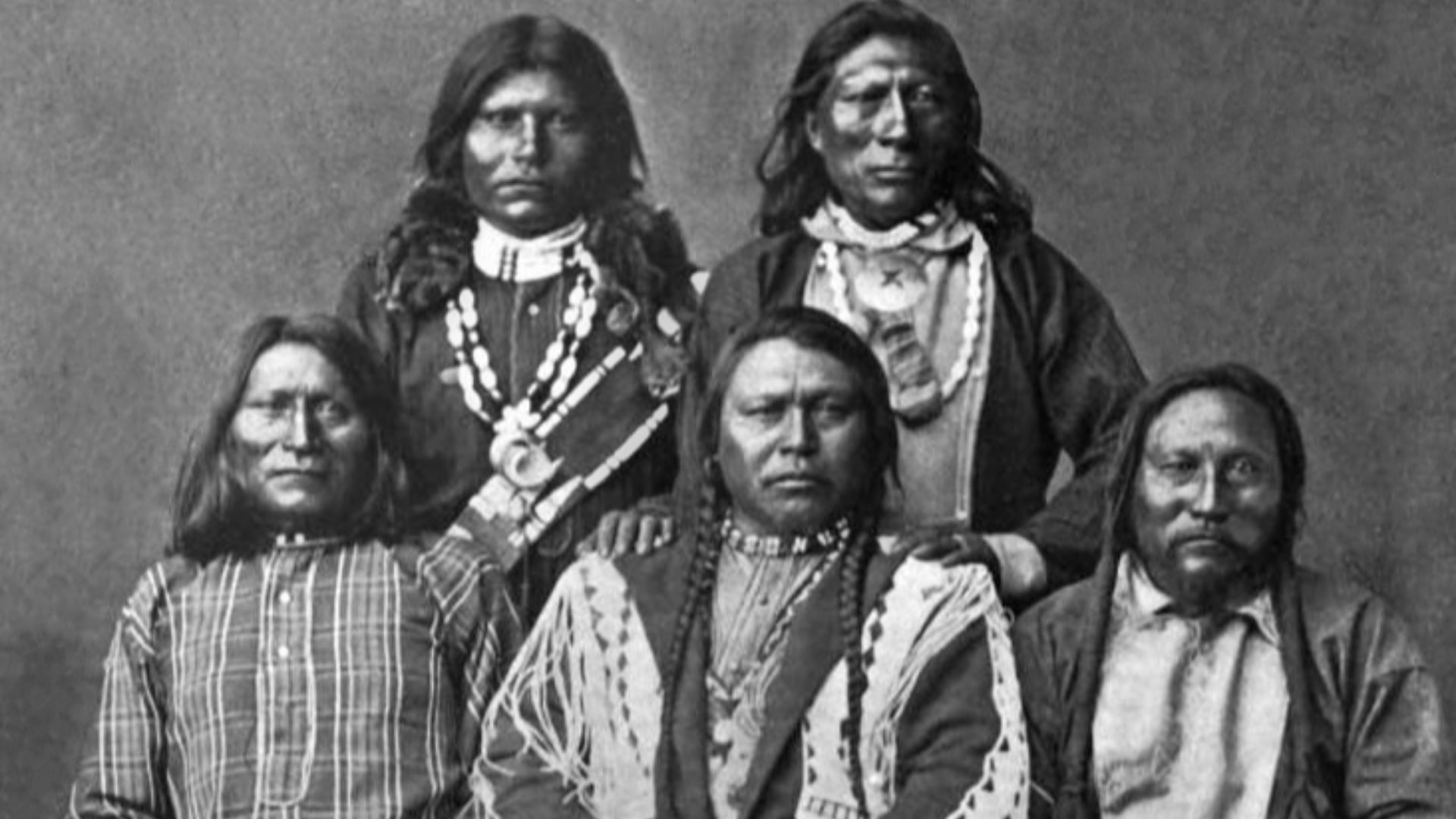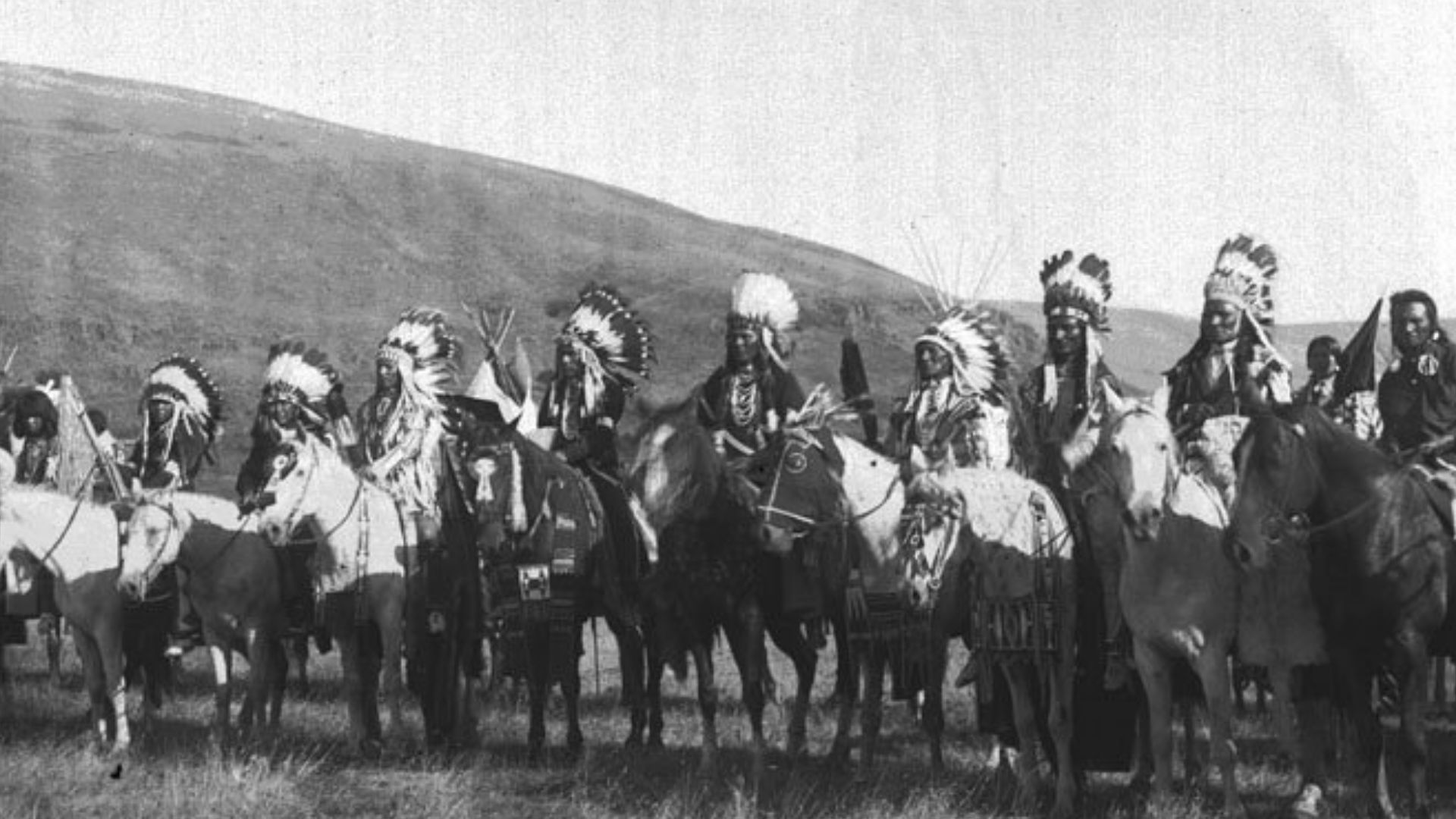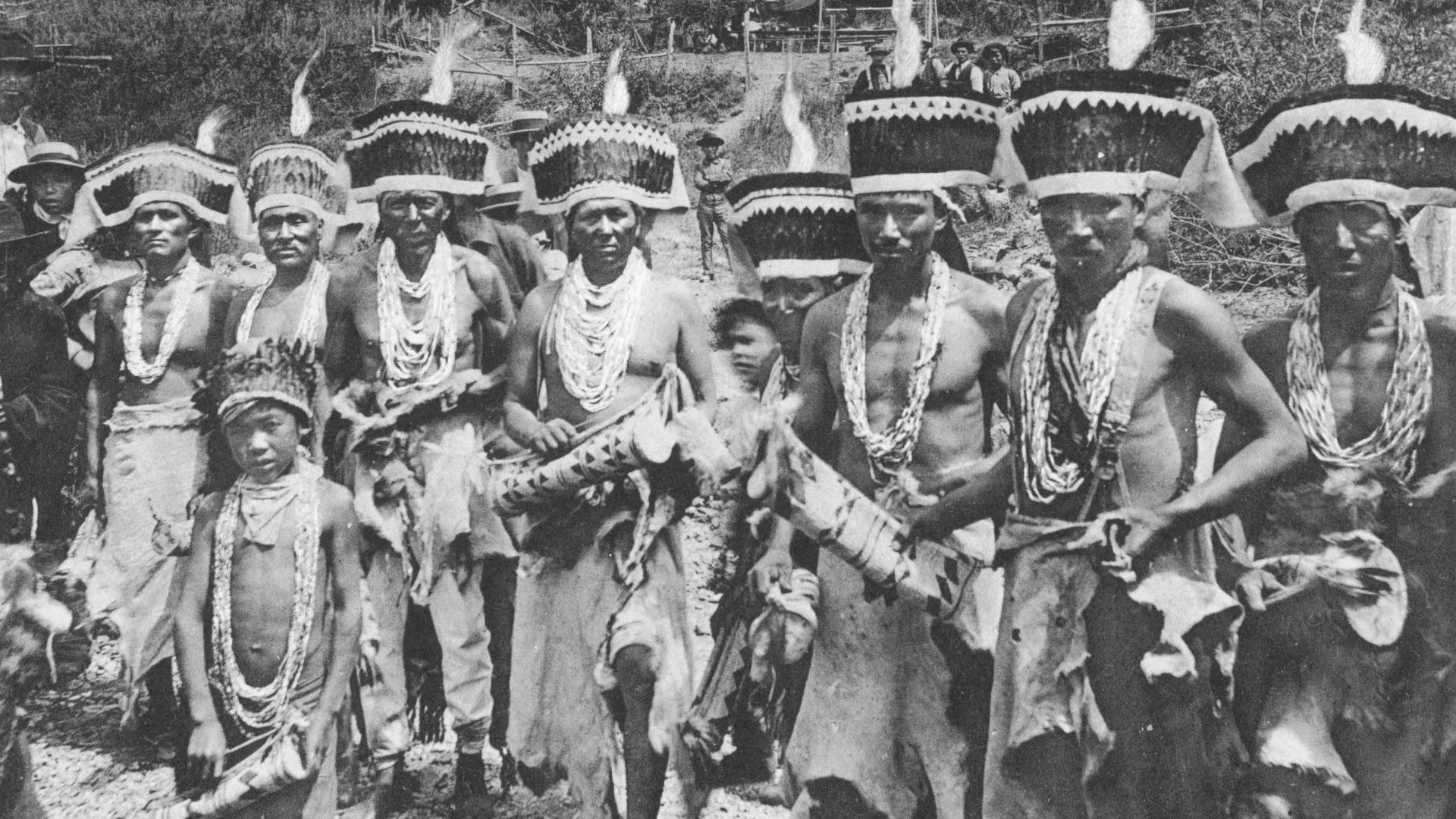20 Native American Tribes That Belong In Every History Book
Tribes That Need More Recognition
Most of what we learned about Native American history could fit on a postcard. A few names and a few dates. The rest? Skipped entirely or flattened into vague generalizations. So, instead of recycling the same three names you half-remember from school, this list gives space to 20 Native American tribes with their own timelines.
1. Navajo (Diné)
The Navajo, or Diné, have built a legacy grounded in survival. Their territory stretches through the Four Corners, where they’ve maintained one of the most vibrant Indigenous cultures. Their resilience shines through forced relocation, known as the Long Walk, and generations of reclaiming their cultural roots.
2. Chickasaw
This tribe earned the respect of both enemies and colonizers. They controlled key trade routes and waterways across the Southeast, often standing toe-to-toe with European forces. After enduring forced relocation to Indian Territory, they rapidly reorganized their government and maintained cultural cohesion.
3. Sioux (Lakota, Dakota, Nakota)
Few names echo in American memory as strongly as the Sioux. Comprising the Lakota, Dakota, and Nakota branches, they lived across the Northern Plains and forged a powerful alliance of nations. Known for their nomadic buffalo-hunting lifestyle, they resisted colonization fiercely.
4. Iroquois (Haudenosaunee Confederacy)
Formed before Columbus arrived, the Haudenosaunee united six nations under one constitution. Their Great Law of Peace inspired parts of the U.S. Constitution. With matrilineal clans and diplomatic savvy, they proved unity could mean survival.
 Uploaded to EN wiki by Chris 73 on Wikimedia
Uploaded to EN wiki by Chris 73 on Wikimedia
5. Apache
The Apache were masters of mobility. Spanning from Arizona into Mexico, these tribes used the land to their advantage, building survival systems that rival modern strategy. Leaders like Geronimo and Cochise became legends for their spiritual grounding and tactical brilliance.
6. Pueblo
Pueblo villages have stood for over a thousand years. These architectural marvels are not abandoned ruins—they’re living communities with deep traditions in pottery and agricultural ceremony. They also resisted Spanish colonization through the 1680 Pueblo Revolt.
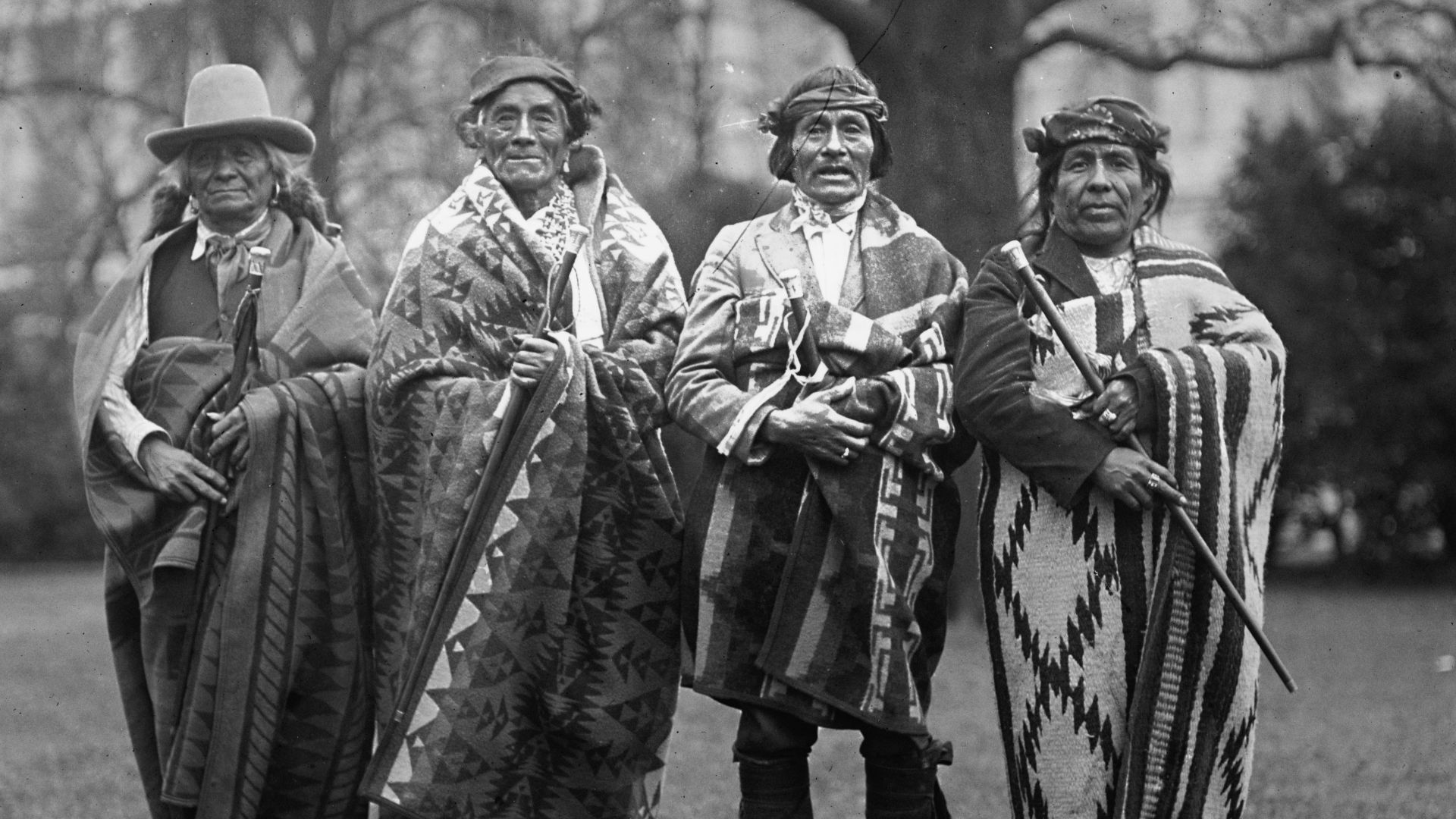 National Photo Company Collection on Wikimedia
National Photo Company Collection on Wikimedia
7. Shoshone
The Shoshone roamed the vast valleys and mountains of the Great Basin. One of their most well-known members, Sacagawea, played a critical role in guiding Lewis and Clark across unfamiliar terrain—not as a token, but as a diplomat and interpreter with her own political knowledge.
8. Choctaw
Long before removal reshaped their path, the Choctaw were known for mound-building and complex governance systems. After being forced along the Trail of Tears, the Choctaw did something few expected: they sent humanitarian aid across the Atlantic to Irish famine victims despite their own suffering.
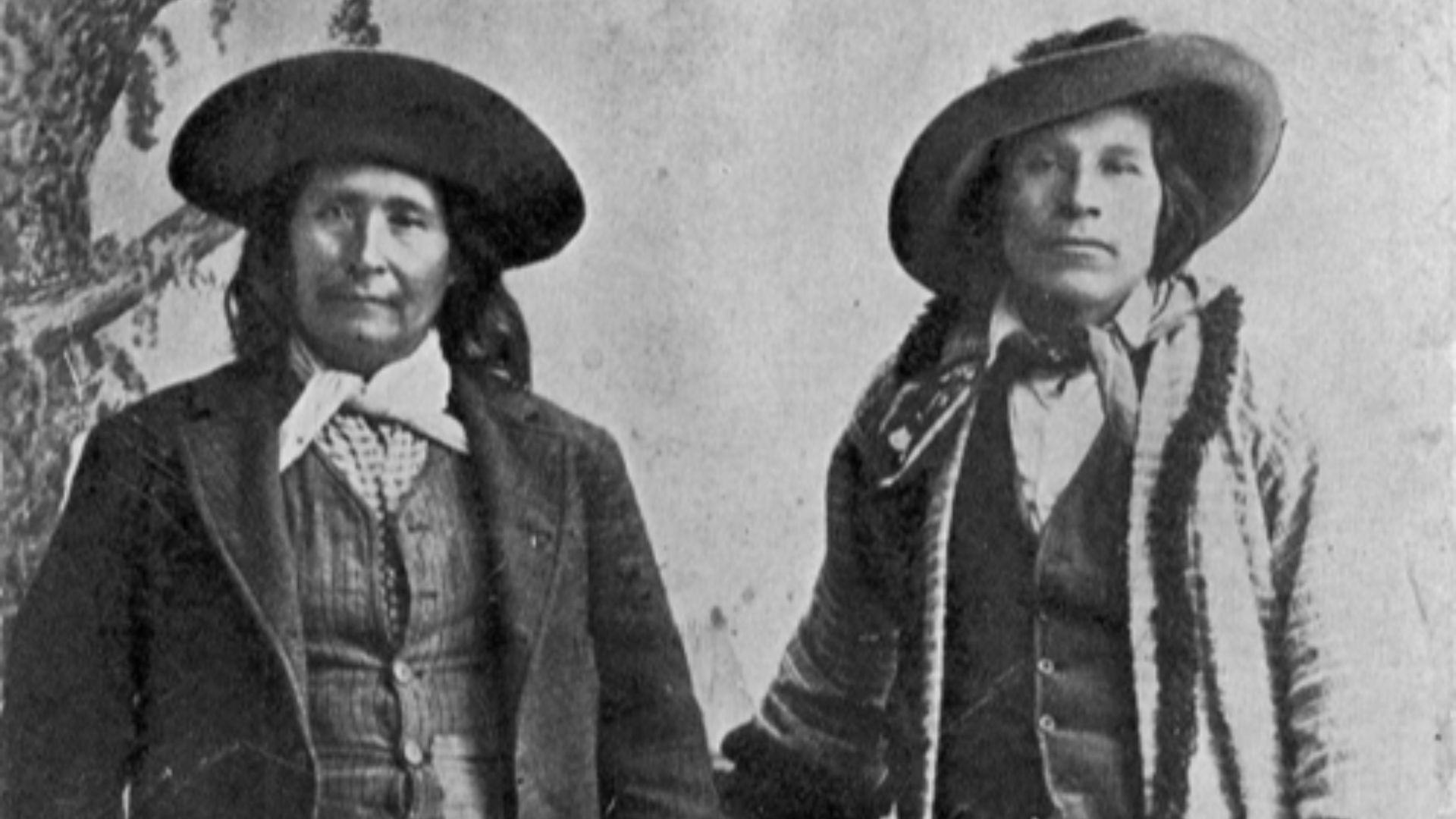 Unknown authorUnknown author on Wikimedia
Unknown authorUnknown author on Wikimedia
9. Cherokee
Once settled in the Southeastern U.S., the Cherokee adopted a written syllabary created by Sequoyah and printed a bilingual newspaper. Yet, this didn’t spare them from the brutal removal known as the Trail of Tears. Thousands perished as they were marched westward in the 1830s.
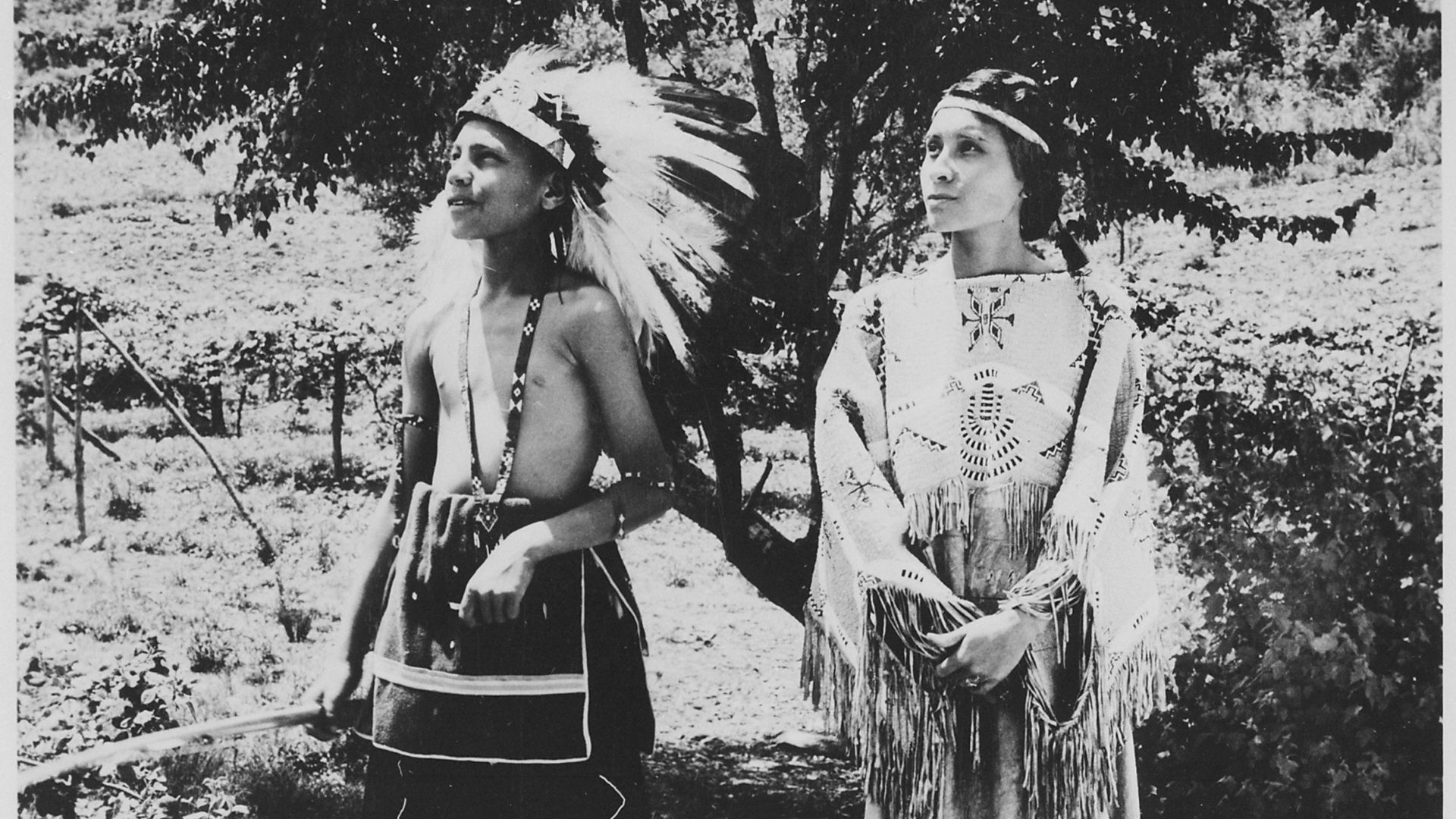 Unknown authorUnknown author or not provided on Wikimedia
Unknown authorUnknown author or not provided on Wikimedia
10. Seminole
This tribe emerged in the Florida swamps as a mix of Creek refugees and other displaced tribes. Unlike many others, they never signed a surrender treaty. In the face of removal and broken promises, the Seminole carefully built new nations in both Florida and Oklahoma.
 John Kunkel Small on Wikimedia
John Kunkel Small on Wikimedia
11. Blackfeet (Blackfoot)
Across the northern plains, the Blackfeet protected sacred lands with a sharp awareness of seasonal cycles. The coming of settlers and the devastating smallpox epidemics reshaped their world overnight, but they endured through spiritual continuity and adaptation.
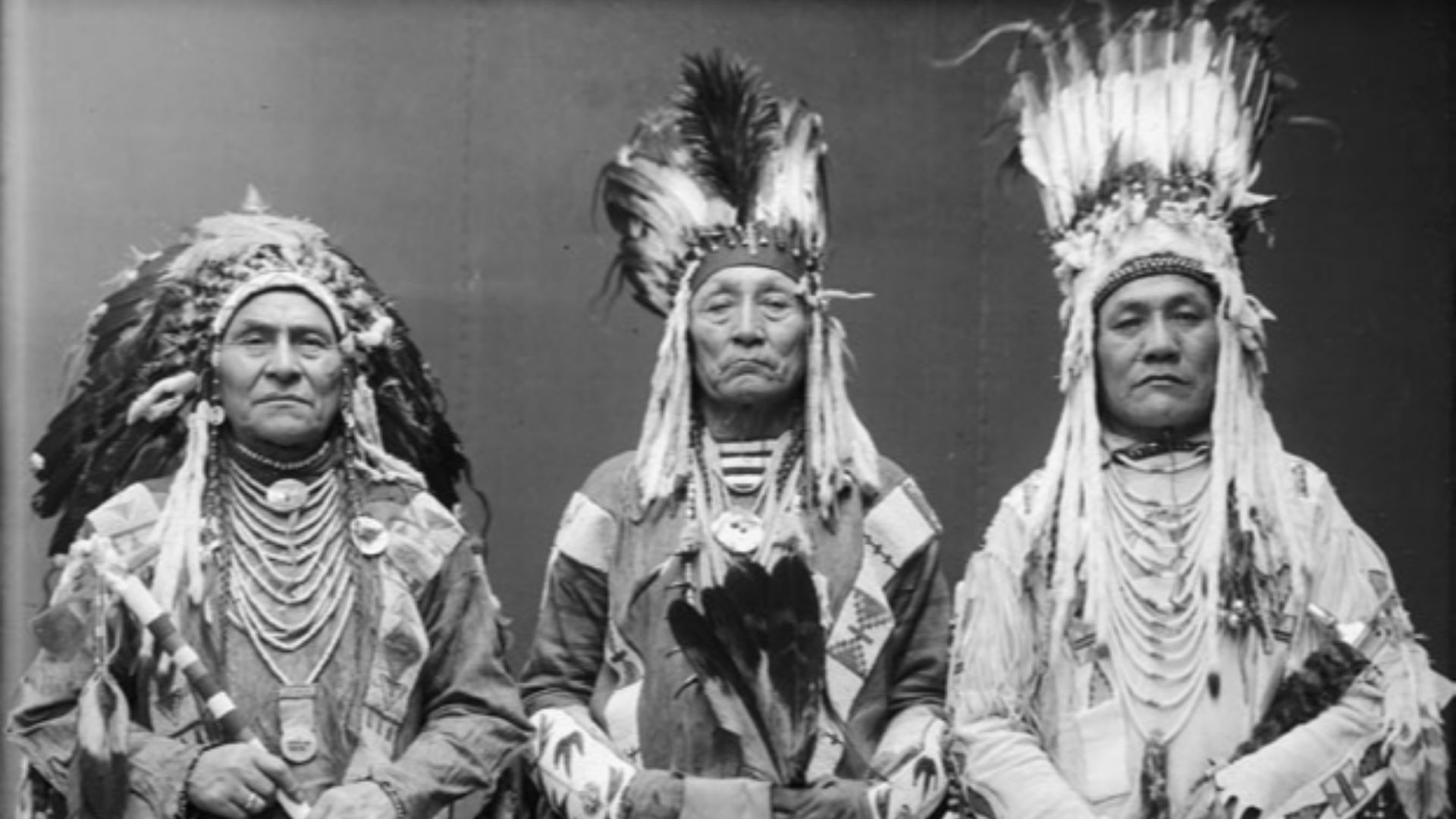 Gill, De Lancey W. on Wikimedia
Gill, De Lancey W. on Wikimedia
12. Nez Perce
For the Nez Perce, dignity ran deeper than borders. Under the leadership of Chief Joseph, they traveled over a thousand miles in a dramatic attempt to reach freedom in Canada. Though they were eventually captured, their journey became a defining moment in Native resistance.
13. Hopi
Balanced between earth and sky, the Hopi people live by cycles that tie them to the cosmos. Every element of their daily life—from dry farming techniques to Katsina dances—reflects a belief that actions today affect generations ahead.
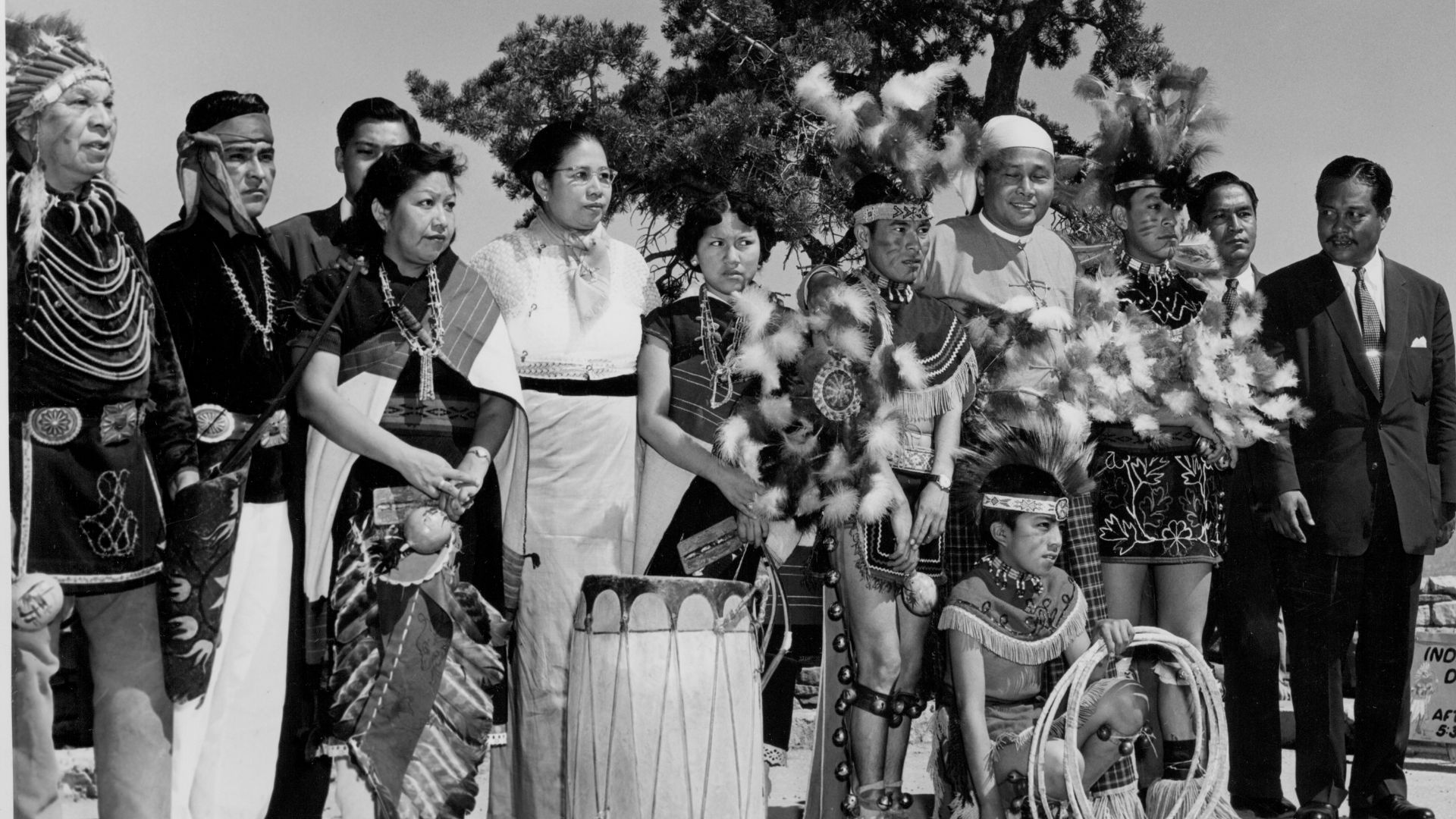 Grand Canyon National Park on Wikimedia
Grand Canyon National Park on Wikimedia
14. Cree
The Cree form one of the largest Indigenous groups in North America. The fur trade brought them into early contact with Europeans, but the Cree maintained strong control over their movements and alliances. Plus, their oral traditions, often carried through drumming, remain core to how knowledge is passed.
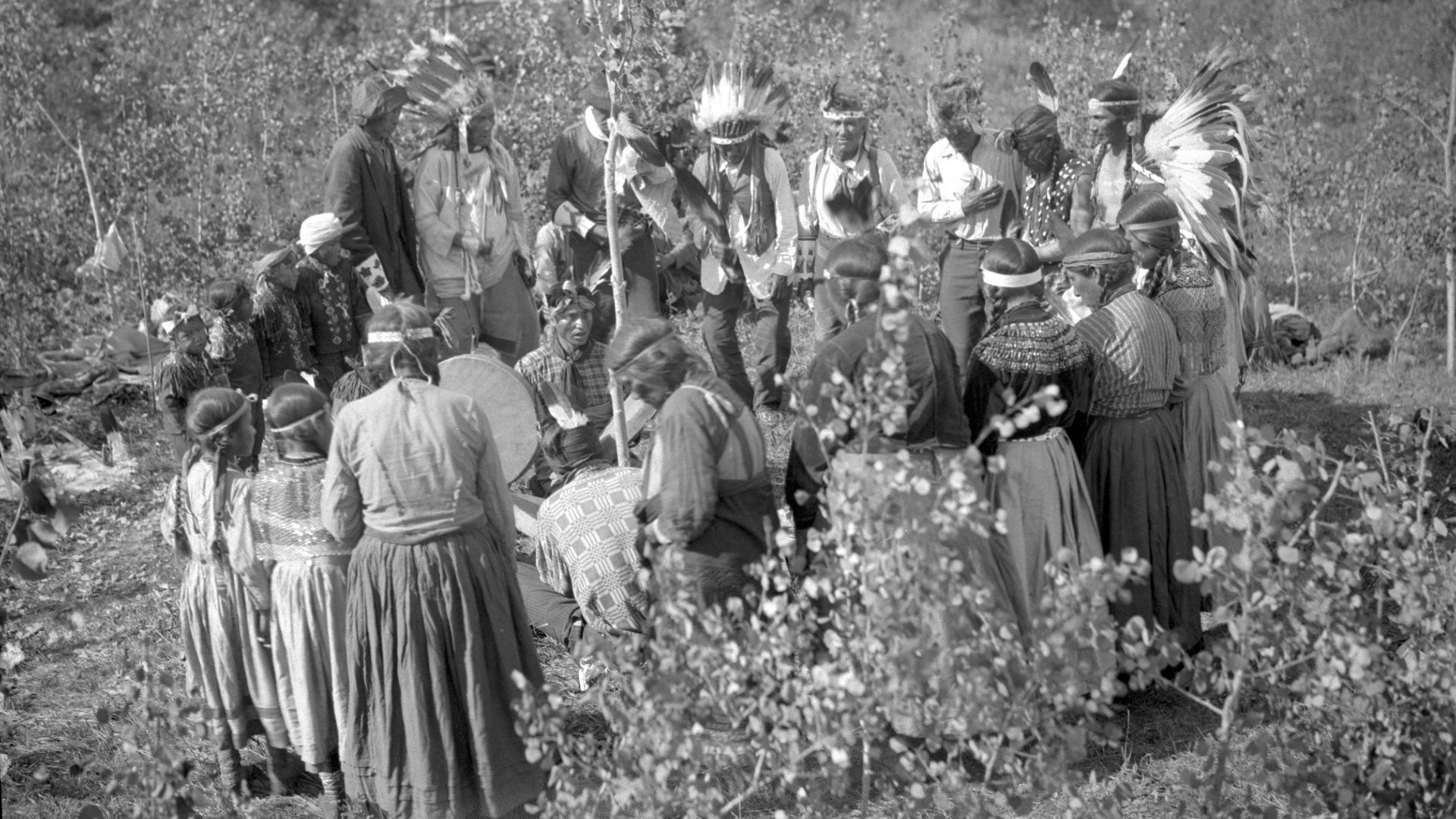 Provincial Archives of Alberta on Wikimedia
Provincial Archives of Alberta on Wikimedia
15. Wampanoag
Before the first Thanksgiving tale took shape, the Wampanoag were skilled community builders across present-day Massachusetts and Rhode Island. Their decision to aid the early English settlers was based on diplomacy and survival, but it came at the cost of land theft and wars.
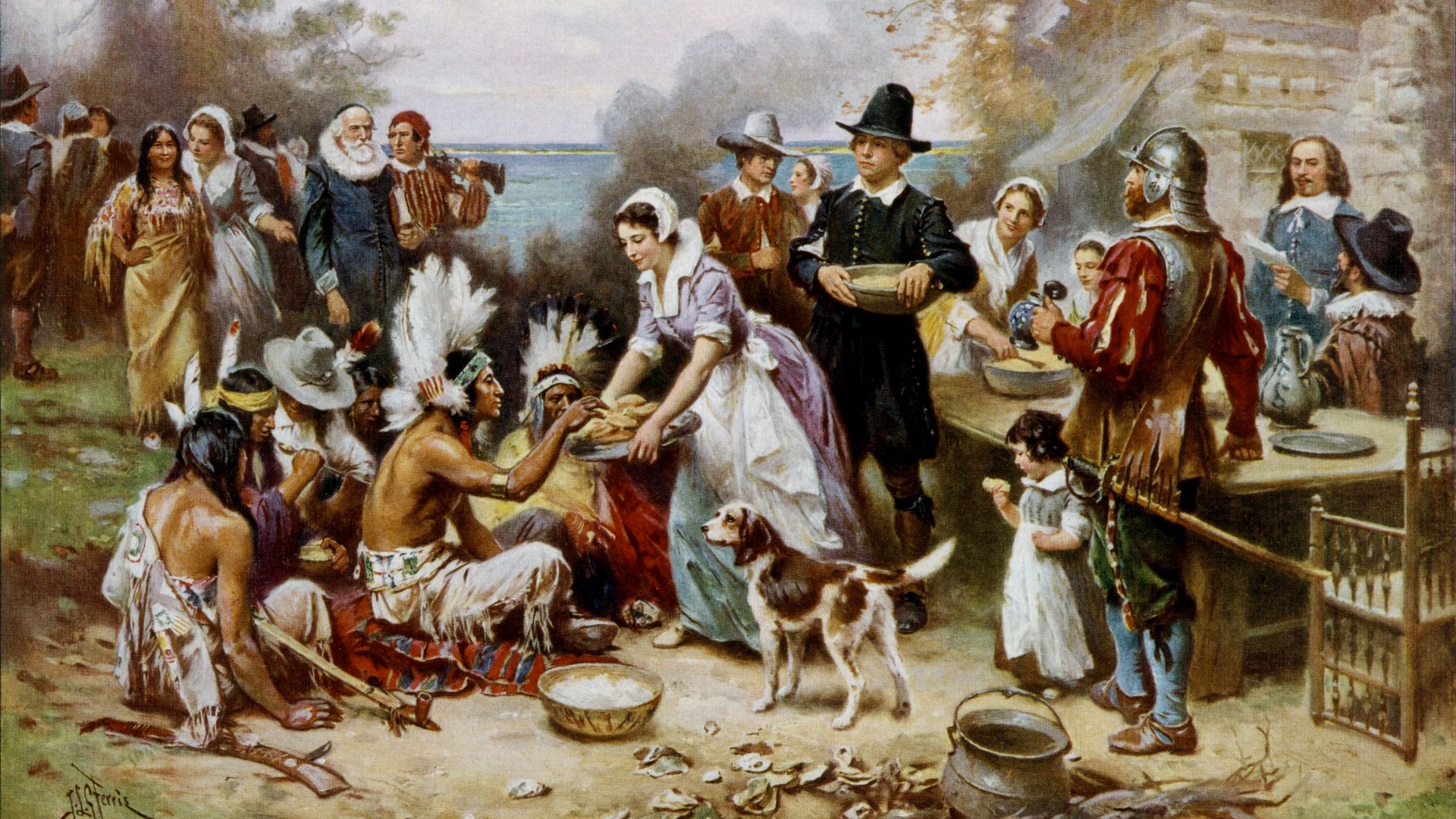 Jean Leon Gerome Ferris on Wikimedia
Jean Leon Gerome Ferris on Wikimedia
16. Lenape (Delaware)
This one was among the first tribes to greet Europeans and among the first to be pushed westward. Despite centuries of forced migration, they preserved their clan structures. Known as the “grandfathers” by other tribes due to their ancient origins, the Lenape maintained their dignity across displacement.
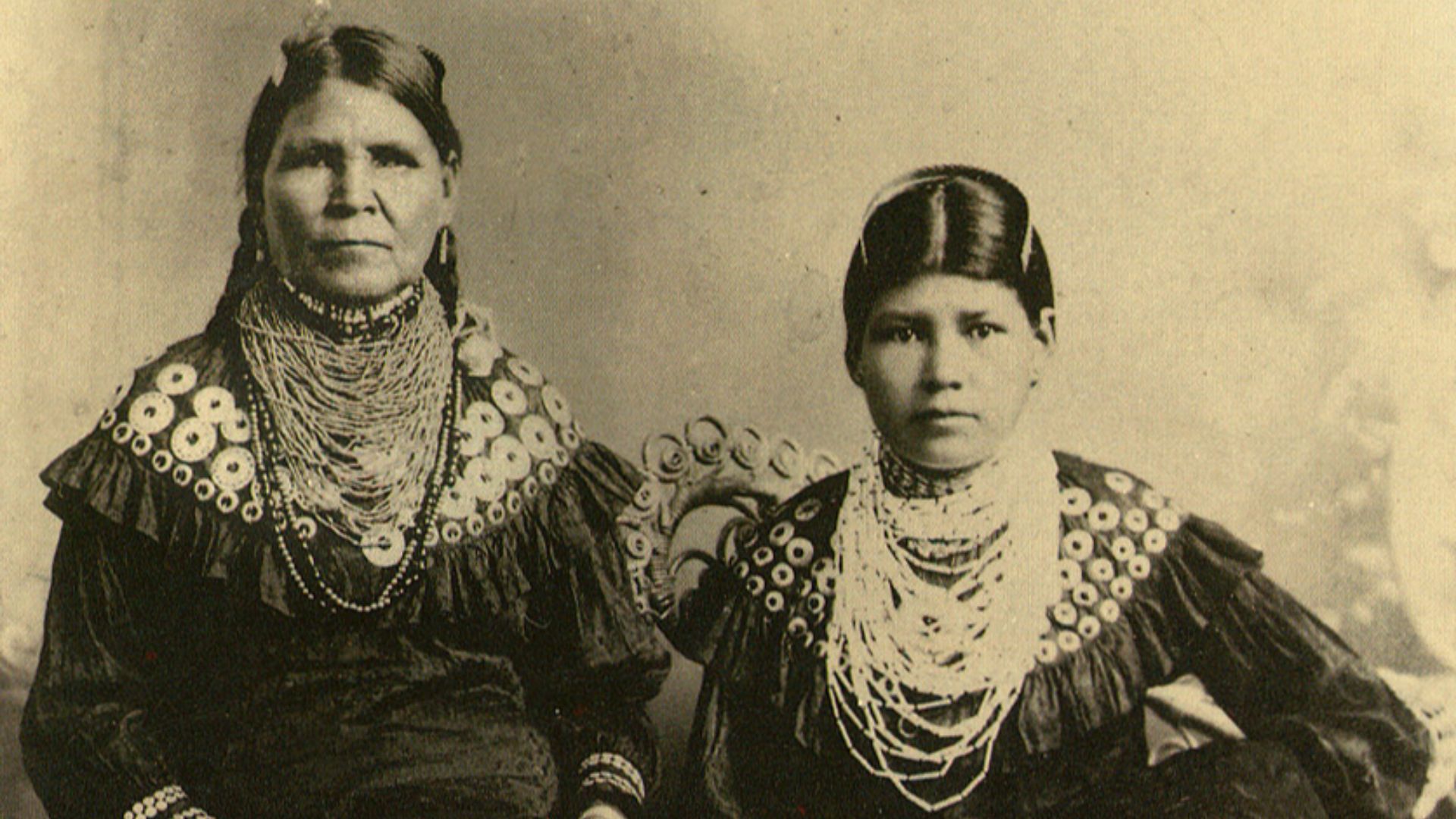 User:Nikater, 1 Feb 2007 on Wikimedia
User:Nikater, 1 Feb 2007 on Wikimedia
17. Comanche
Once foot-bound like their ancestors, the Comanche became unmatched horsemen within a generation. Comanche children grew up learning to ride before they could walk steadily. Interestingly, their society revolved around tactical brilliance and spiritual practices that kept them closely tied to their ancestors.
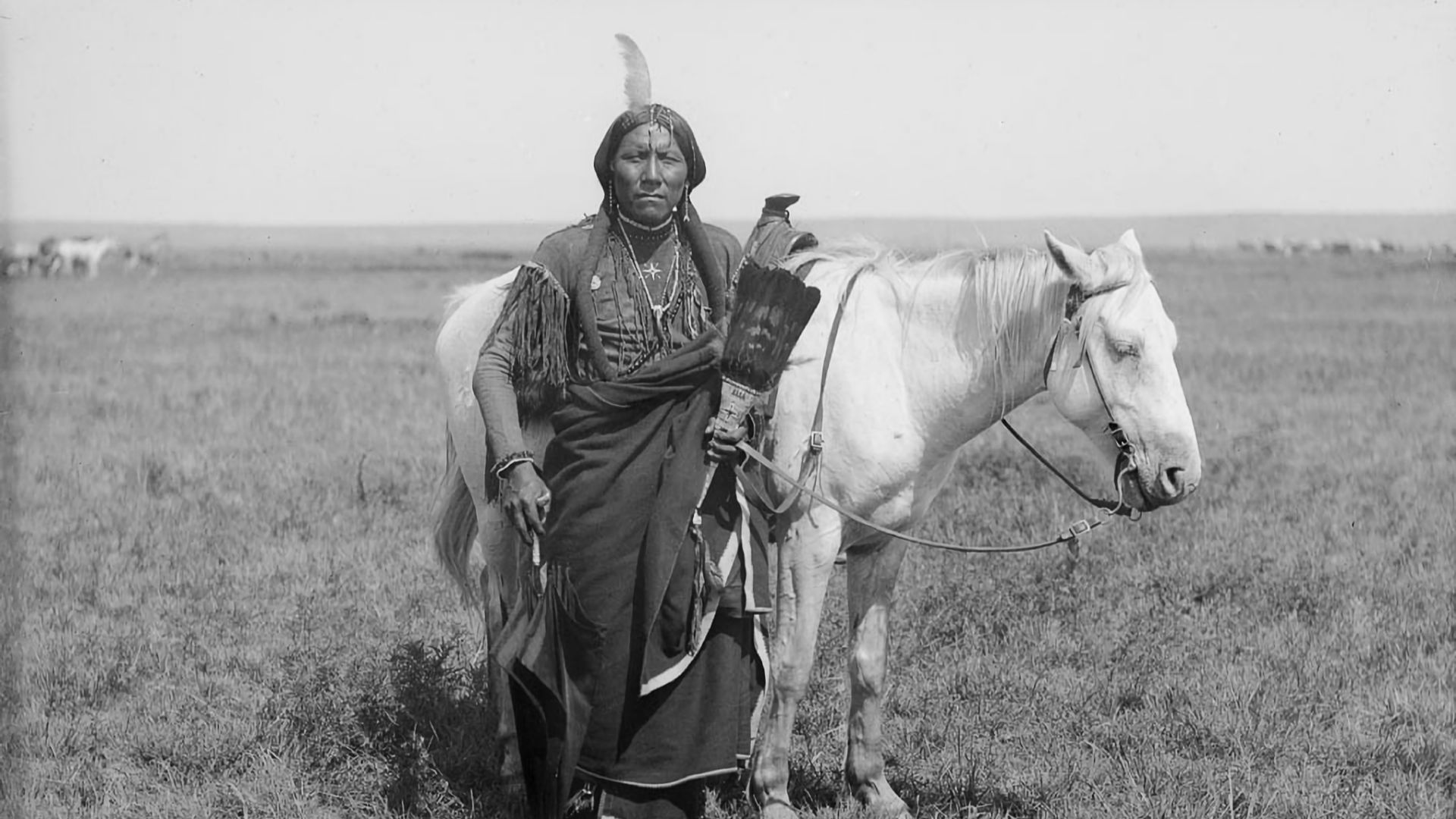 Unstated (Life time: Unknown) on Wikimedia
Unstated (Life time: Unknown) on Wikimedia
18. Osage
The Osage Nation once commanded land so expansive that it earned them the title “Middlemen of the Continent.” When they were later confined to a reservation in Oklahoma, they retained mineral rights, which led to enormous wealth during the oil boom.
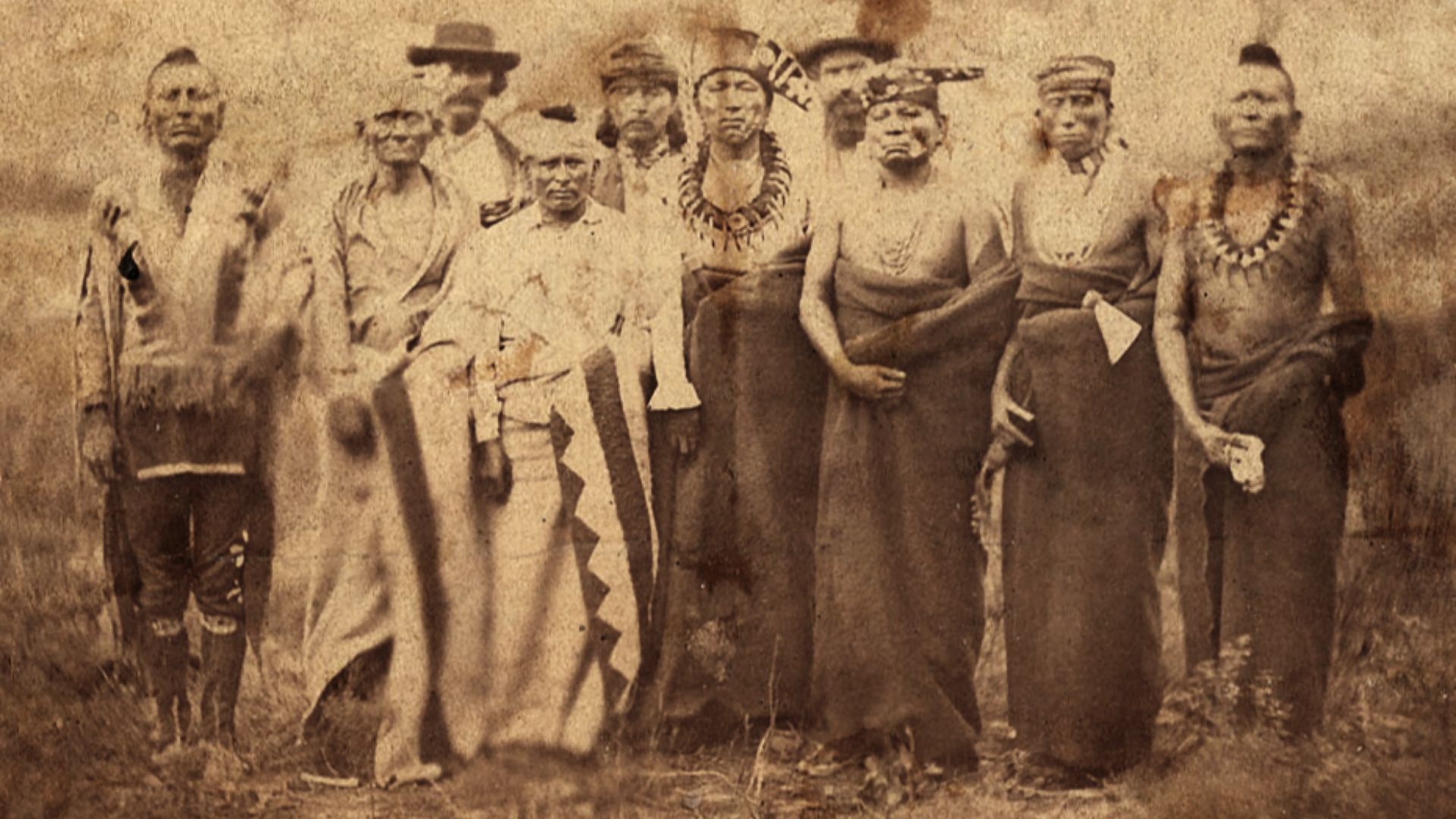 William Henry Blackmore (1827-1878) on Wikimedia
William Henry Blackmore (1827-1878) on Wikimedia
19. Mohican
Popularized by fiction, the Mohicans were often misrepresented as having vanished. In truth, they endured relocation, conflict, and cultural loss only to re-emerge stronger under the Stockbridge-Munsee Band in Wisconsin. Originally from the Hudson River Valley, they lived in longhouses and farmed corn and beans.
 Engraving by John Simon, after Jan Verelst on Wikimedia
Engraving by John Simon, after Jan Verelst on Wikimedia
20. Yurok
Along the fog-shrouded Klamath River in Northern California, this tribe followed a justice system based on restitution. Colonial gold mining devastated the region and brought violence, but the Yurok adapted and kept ceremonial cycles alive.
KEEP ON READING

The 10 Youngest Monarchs In History & The 10 Oldest
Age Is Just A Number. Imagine being crowned king or…
By Chase Wexler Mar 11, 2025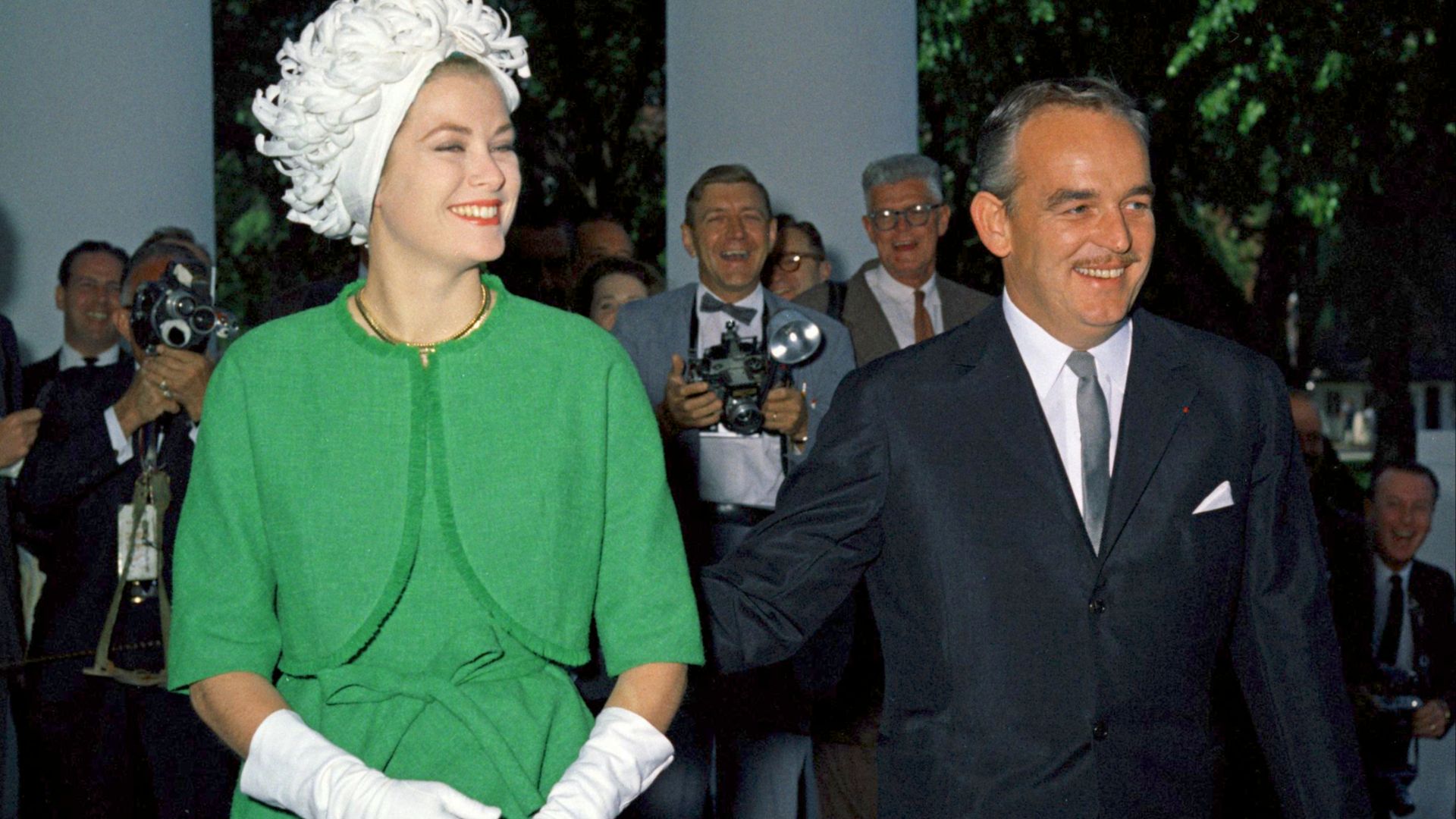
You Think You Have Problems? These Royal Families Were Cursed
Boasson and Eggler St. Petersburg Nevsky 24. on WikimediaHeavy is…
By Ashley Bast Dec 5, 2025
You Can Thank This Greek-Canadian For Creating Pineapple On Pizza…
Love it or hate it, pineapple on pizza sparks debate…
By David Davidovic Dec 1, 2025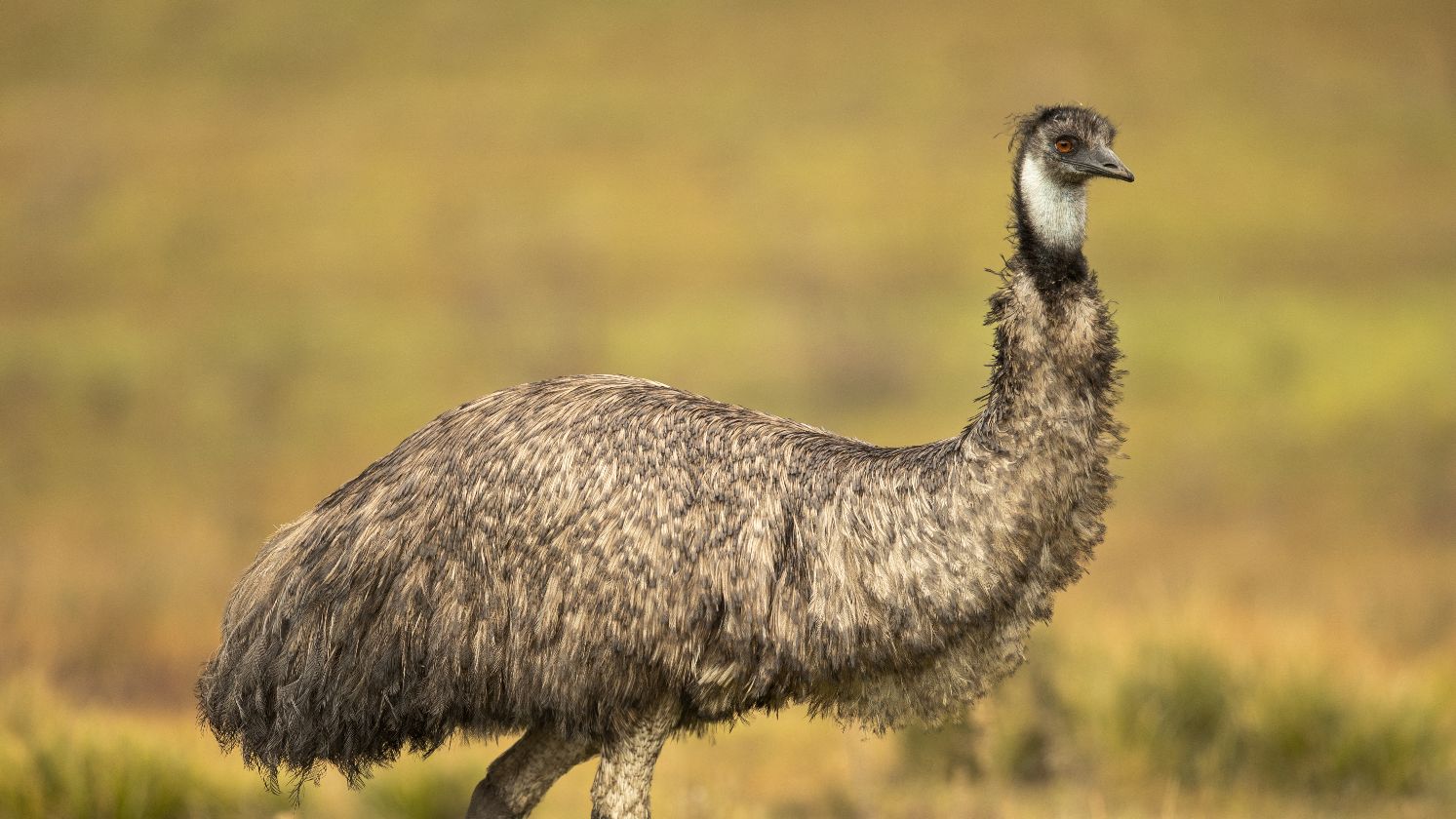
Yes, Australians Once Lost A Battle Against Flightless Birds
David Clode on UnsplashIn 1932, the Australian military went to…
By David Davidovic Nov 24, 2025
WWI Messages in a Bottle Just Washed Up on Australia’s…
Jayne Harris on UnsplashA century-old message in a bottle was…
By Cameron Dick Nov 13, 2025
Written By The Victors: 20 Names History Books Tried To…
History’s Forgotten Figures. It is said that history is written…
By Farva Ivkovic Jun 23, 2025

